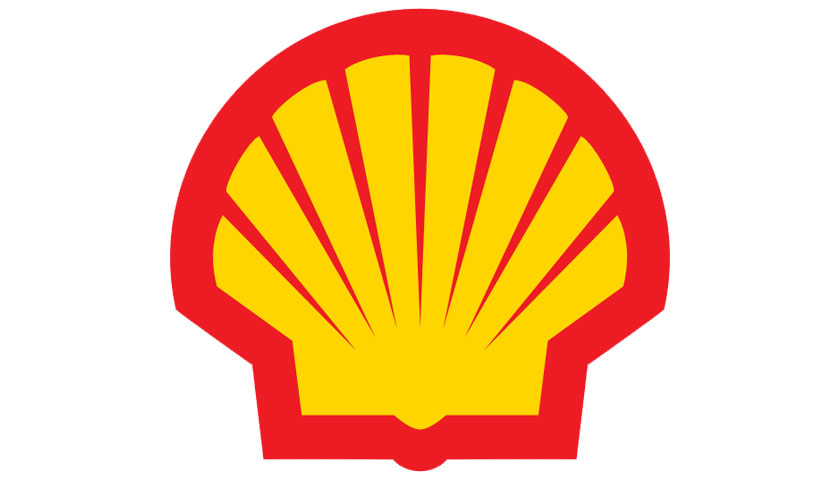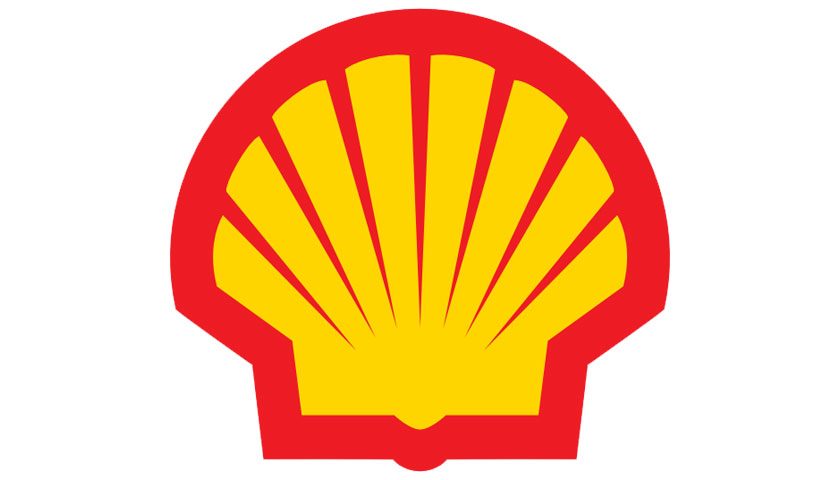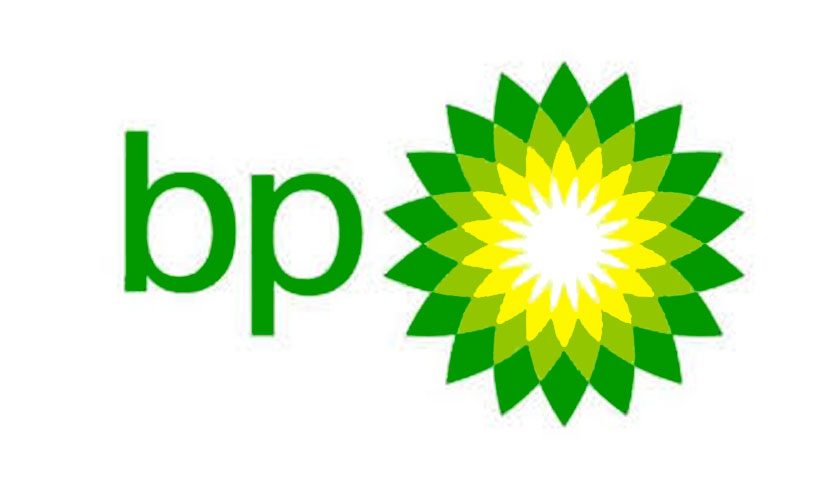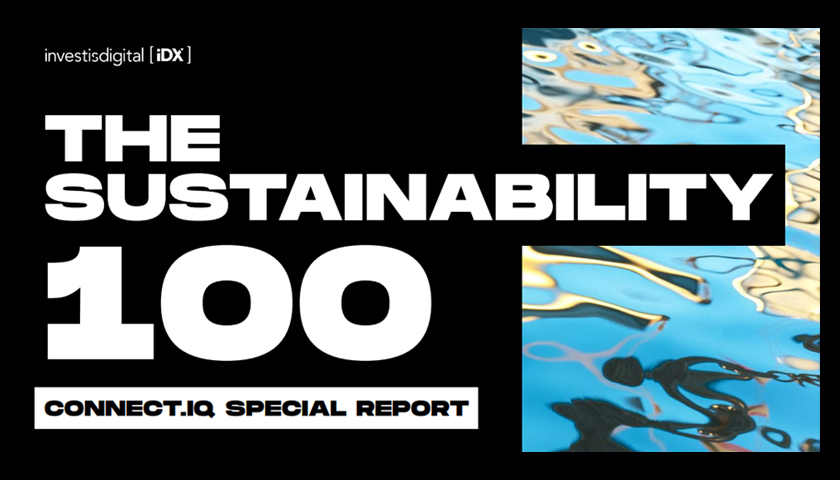Shell has set out its strategy to accelerate its transformation into a provider of net-zero emissions energy products and services, powered by growth in its customer-facing businesses. A disciplined cash allocation framework and rigorous approach to driving down carbon emissions will deliver value for shareholders, customers and wider society. Shell also confirmed its expectation that total carbon emissions for the company peaked in 2018, and oil production peaked in 2019.
“Our accelerated strategy will drive down carbon emissions and will deliver value for our shareholders, our customers and wider society,” said Royal Dutch Shell Chief Executive Officer, Ben van Beurden.
“We must give our customers the products and services they want and need – products that have the lowest environmental impact. At the same time, we will use our established strengths to build on our competitive portfolio as we make the transition to be a net-zero emissions business in step with society.
“Whether our customers are motorists, households or businesses, we will use our global scale and trusted brand to grow in markets where demand for cleaner products and services is strongest, delivering more predictable cash flows and generating higher returns.”
From today, Shell is integrating its strategy, portfolio, environmental and social ambitions under the goals of Powering Progress: generating shareholder value, achieving net-zero emissions, powering lives and respecting nature. Shell’s reshaped organisation will deliver on these goals through the three business pillars of Growth, Transition and Upstream.
FINANCIAL RESILIENCE AND PROFITABLE GROWTH THROUGH DISCIPLINED CAPITAL ALLOCATION
Shell reiterated its cash priorities to deliver value for shareholders today while growing value for tomorrow, including:
- Maintain the progressive dividend policy, increasing dividend per share by around 4% per year, subject to Board approval.
- Retain near-term annual Cash capital expenditure of $19-22 billion.
- Reduce net debt to $65 billion.
- On reducing net debt to $65 billion, target total shareholder distributions of 20-30% of cash flow from operations; increased shareholder distributions achieved through a combination of Shell’s progressive dividends and share buybacks.
- Disciplined and measured capital expenditure growth balanced with additional shareholder distributions and further strengthening of our balance sheet.
In the near term we expect to maintain underlying operating expenses of no higher than $35 billion, and pursue divestments averaging $4 billion a year. Over time the balance of capital spending will shift towards the businesses in the Growth pillar, attracting around half of the additional capital spend. Cash flow will follow the same trend and in the long term will become less exposed to oil and gas prices, with a stronger link to broader economic growth.
THE ROAD TO NET-ZERO EMISSIONS: A COMPREHENSIVE CARBON MANAGEMENT APPROACH
Shell set out details of how it will achieve its target to be a net-zero emissions energy business by 2050, in step with society’s progress towards achieving net zero. This target covers the emissions from our operations and the emissions from the use of all the energy products we sell. And crucially, it includes emissions from the oil and gas that others produce and Shell then sells as products to customers, making the target comprehensive.
Powering Progress supports the most ambitious goal of the Paris Agreement on climate change to limit the global temperature rise to 1.5° Celsius. To achieve net zero, Shell:
- will continue with short-term targets that will drive down carbon emissions as we make progress towards our 2050 target, linked to the remuneration of more than 16,500 staff. This includes a new set of targets to reduce our net carbon intensity: 6-8% by 2023, 20% by 2030, 45% by 2035 and 100% by 2050, using a baseline of 2016;
- expects that its total carbon emissions peaked in 2018 at 1.7 gigatonnes per annum;
- confirms that its total oil production peaked in 2019;
- will seek to have access to an additional 25 million tonnes a year of carbon, capture and storage (CCS) capacity by 2035. Currently, three key CCS projects of which Shell is a part, Quest in Canada (in operation), Northern Lights in Norway (sanctioned) and Porthos in The Netherlands (planned), will total around 4.5 million tonnes of capacity;
- aims to use nature-based solutions (NBS), in line with the philosophy of avoid, reduce and only then mitigate, to offset emissions of around 120 million tonnes a year by 2030, with those we use being of the highest independently verified quality;
- will work with the Science Based Targets Initiative, Transition Pathway Initiative and others to develop standards for the industry and align with those standards;
- starting at the 2021 AGM, submit an Energy Transition Plan for an advisory vote to shareholders, the first in the sector to do so. We will update that plan every three years and seek an advisory vote on the progress made each year.
DELIVERING WITH A PORTFOLIO FOR THE ENERGY TRANSITION
Shell is a customer-focused organisation, serving more than 1 million commercial and industrial customers, and 30 million customers at 46,000 retail service stations daily. Shell uses its world-leading brand, global reach and expertise to be a one-stop shop for both consumer and business customers. A presence across the entire energy system means we can optimise, scale up, and trade products in a way that develops markets, drives down costs, and will help accelerate the energy transition.
Shell’s aim is to build material low-carbon businesses of significant scale by the early 2030s. Upstream will continue to deliver vital energy supplies, which will help to generate the cash and returns needed to fund shareholder distributions while accelerating investment in the growth businesses to capture new market opportunities.
In the near term, Shell’s strategy will rebalance its portfolio, investing annually $5-6 billion in its Growth pillar (around $3 billion in Marketing; $2-3 billion in Renewables and Energy Solutions), $8-9 billion in its Transition pillar (around $4 billion Integrated Gas; $4-5 billion Chemicals and Products) and around $8 billion in Upstream. Plans include:
Growth:
Marketing
Target to increase Adjusted Earnings to around $6 billion by 2025 (from $4.5 billion in 2020), achieved by improving the already market-leading position of the lubricants business, an increase to 40 million customers at 55,000 retail sites (from 30 million at 46,000 sites today) and growth of global electric vehicle (EV) network from more than 60,000 charge points today to around 500,000 by 2025.
Low-carbon fuels – extend our leading biofuels production and distribution business, which in 2019 sold more than 10 billion litres of biofuels. Our joint venture Raízen, which produces low-carbon fuels from sugar cane in Brazil, recently announced the acquisition of Biosev. This is set to increase Raízen’s bioethanol production capacity by 50%, to 3.75 billion litres a year, around 3% of global production.
Renewables and Energy Solutions
Integrated Power – aim to sell some 560 terawatt hours a year by 2030 which is twice as much electricity as we sell today. We expect to serve more than 15 million retail and business customers worldwide. We aim to be a leading provider of clean Power-as-a-Service. We will make our investments go further by partnering with others with the emphasis for Shell being on managing clean electrons.
Nature-based solutions – expect to invest around $100 million a year in high-quality, independently verified projects on the ground to build a significant and profitable business to help customers meet their net-zero emissions targets.
Hydrogen – build on Shell’s leading position in hydrogen by developing integrated hydrogen hubs to serve industry and heavy-duty transport, aim to achieve double-digit share of global clean hydrogen sales.
Transition:
Integrated Gas
Extend leadership in liquefied natural gas (LNG) volumes and markets, with selective investment in competitive LNG assets to deliver more than 7 million tonnes per annum of new capacity on-stream by middle of the decade. Continue to support customers with their own net-zero ambitions, with leading offers such as carbon-neutral LNG.
Chemicals and Products
Transform our refinery footprint from 13 sites today to six high-value Chemicals and Energy Parks and reduce production of traditional fuels by 55% by 2030. Intention to grow volumes of the chemicals portfolio and increase cash generation from Chemicals by $1-2 billion a year by 2030 compared with the medium term. Will produce chemicals from recycled waste, known as circular chemicals, and by 2025 aim to annually process 1 million tonnes a year of plastic waste.
Upstream:
Focus on value over volume, being simpler and more resilient, continuing to provide material cash flow into the 2030s. An expected gradual reduction in oil production of around 1-2% each year, including divestments and natural decline.



